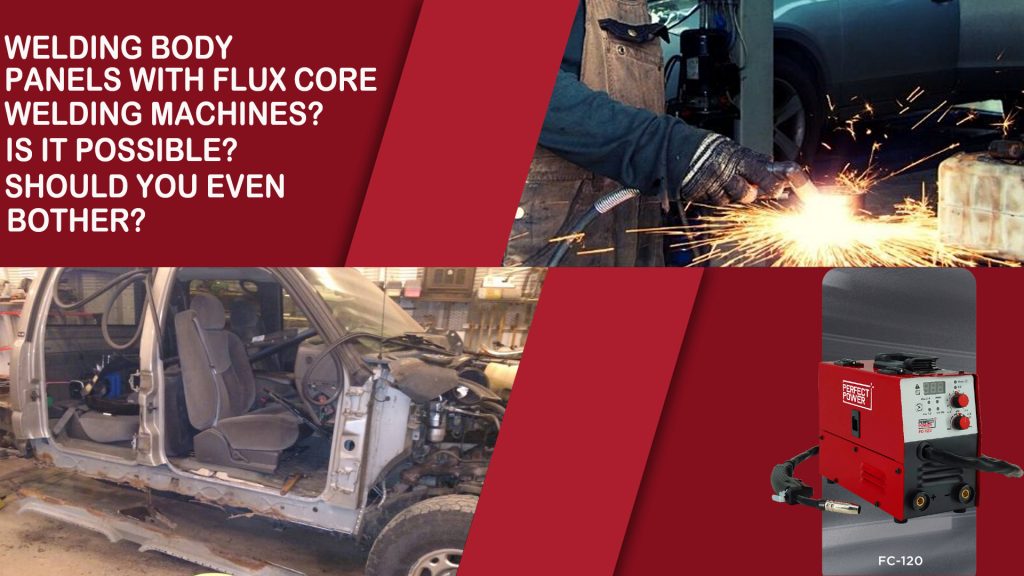
It is usually considered that Flux-Cored welding (or FCAW) shouldn’t be used on body panels and thin sheet metals but is it possible if you are in a pinch? Some people are ardent believers that this should not and cannot happen while some others believed that it can be done. I went through countless blogs and forums in search of this answer and I think I have found it.
Welding body panels using flux-cored welding machines is possible, but not recommended. With FCAW the body panel will be more prone to burn through and warping due to the excessive, localized heat. There are some ways to increase your chances and make it happen.
Should You Weld Body Panels With Flux Core Welding Machines?
Most people will not recommend welding body panels with flux core. This is due to the thinness of body panels, which can range into some pretty thin sheet metals depending on the car you are working on. Typically FCAW is only recommended over the thickness of 14 gauge for adequate results whereas body panels range between 20 and 18 gauge. (0.8 – 1mm thick)

The heat generated during FCAW welding can be very intense which is not recommended for thinner metals. The excessive heat can easily blow holes through sheet metal or lead to warping. There is also more spatter and slag formation using FCAW which can cover small holes on the welded metal creating further issues. The whole process of cleaning and fixing the entire thing can take up a lot of time.
If you are not an expert in FCAW welding then I wouldn’t recommend that you fix your body panels using FCAW.
Begin with the right wire selection, you should use e71t-gs with 0.30” diameter and try to run the settings as low as you can. Some other tips include using a series of tack welds, backing bars, and doing lap joints rather than butt joints. That’s to decrease the chances of blowing holes into your workpiece. (.030″ E71T1-GS Select 700GS Self Shielded Flux Cored Carbon Steel Tubular Welding Wire 2 lb Spool, this wire should be good based on my research)
Be aware that MIG welding is a much better method to be used on sheet metals and body panels, though even MIG requires some serious skill to get the job done.



